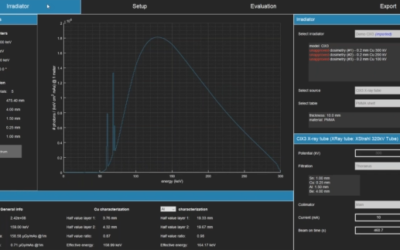BACKGROUND:
Assuming interinstitutional differences in the treatment of bone metastases, a survey of German radiotherapy institutions was carried out. The goal was to demonstrate regional strategies in pretherapeutic diagnosis, radiation treatment, and follow-up.
PATIENTS AND METHODS:
A structured questionnaire (eleven multiple-choice questions, ten tables to complete) was sent to all institutions primarily performing radiotherapy. The reply rate was 63.7% (86/135).
RESULTS:
The estimated proportion of patients with irradiated bone metastases was 18.2% (5-60%). The overall number of treated patients with bone metastases has increased. 45% of all radiation treatments for bone metastases wer performed in patients with mammary carcinoma, followed by lung carcinoma (17%). Central beam dose calculation was performed in 72% of patients, in other cases computer-assisted planning (23%) and 3-D planning (5%) were carried out. Special techniques (individual shielding, special fixations) were used in 57 institutions in 19.8% of patients. The applied single dose varied between 1 and 10 Gy, and the total dose between 5 and 60 Gy. The majority of institutions vary their treatment schemes. In most institutions, the definitive result assessment followed 4-6 weeks after the end of irradiation. Conventional X-rays play the most important role in evaluation of the radiation result. Approximately a quarter of patients are permanently included in the radiation oncological follow-up.
CONCLUSIONS:
The therapeutic variety corresponds with the greatly varying recommendations in the literature. There were no major differences between private practices, hospitals and university facilities. Considering the standards of diagnosis, treatment, and results assessment, a high quality of palliative treatment can be assumed.
Adamietz IA, Schneider O & Müller RP.







